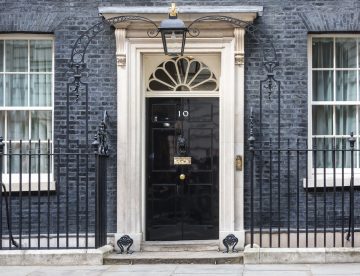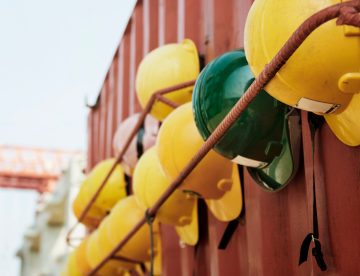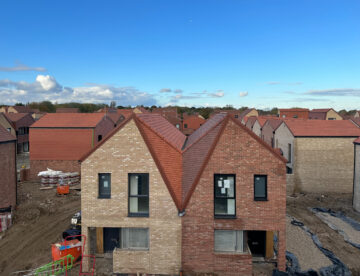
As we navigate through 2025, the construction industry might be about to witness a transformative shift. While traditional sectors like residential housing have faced challenges recently, a new driver of growth has emerged: the booming demand for data centres.
Read this week’s blog to find out more about why data centres are an important part of our infrastructure as well as the opportunities and challenges this poses for our industry.

As cities around the world grapple with the twin pressures of population growth and environmental decline, architects and planners are turning to a novel solution: vertical forests. Integrating thousands of trees, shrubs and plants into their facades, these high-rise buildings bring the promise of cleaner air, cooler cities and a stronger connection with nature.
But while projects like Milan’s Bosco Verticale and Singapore’s Oasia Hotel Downtown dazzle with their leafy exteriors, some experts have questioned whether the benefits live up to the hype or if they’re simply architectural ‘greenwashing.’ Read on to learn more.

On 6th September, Liz Truss formerly became the UK’s 80th Prime Minister, moving into number 10 Downing Street and no doubt inheriting an in-tray as high as some of London’s skyscrapers!
In her debut speech as PM, Truss talked about her vision for an “aspiration nation” characterised by tax cuts and business-led growth, and talked about three priorities – tackling the energy crisis, supporting the NHS and boosting the economy. Claiming her mission was to “get the UK working, building and growing’, the new Prime Minister gave little detail of how that might come about and interestingly made no references to net zero, nature or climate change.
With the construction industry facing economic challenges around rising costs plus labour and materials shortages alongside environmental challenges around emissions, energy efficiency and waste, industry leaders have been quick to react to the new PM’s appointment. In this week’s blog, we’re sharing what some had to say.

As construction companies continue to face challenges around the supply and cost of materials, the Construction Leadership Council have got together with industry experts to launch a five-point plan to ease the impact.
While many of the factors causing the materials crisis are acknowledged to be outside the control of businesses, experts or even the government, the CLC’s plan seeks to co-ordinate an industry-wide effort to minimise risk and reduce the impact of inflation wherever that’s possible.
Keep reading for more on what’s causing this problem and what’s included in the plan.

The world we live in is constantly changing and the construction industry is certainly no exception to this. While some of the changes construction faces are incredibly challenging (for instance, the materials and labour shortages that have been widely reported in recent years) others can be seen as game-changing opportunities to boost productivity, conquer new markets, improve sustainability and support the wellbeing of the workforce.
As we start another year, still in the grips of the global pandemic along with other serious planetary concerns, we’re taking a look at some of the predicted top trends for construction in 2022.

The UK, Welsh and Scottish governments have signed up to a legally-binding target to reduce greenhouse gas emissions to Net Zero by 2050. But to keep this target on track, the Construction Industry Training Board estimates that around 350,000 new construction jobs will need to be created by 2028, particularly outlining the need for green building specialists to reduce carbon emissions. This looks set to present both significant challenges and huge opportunities for construction companies. Read this week’s blog to find out more.



